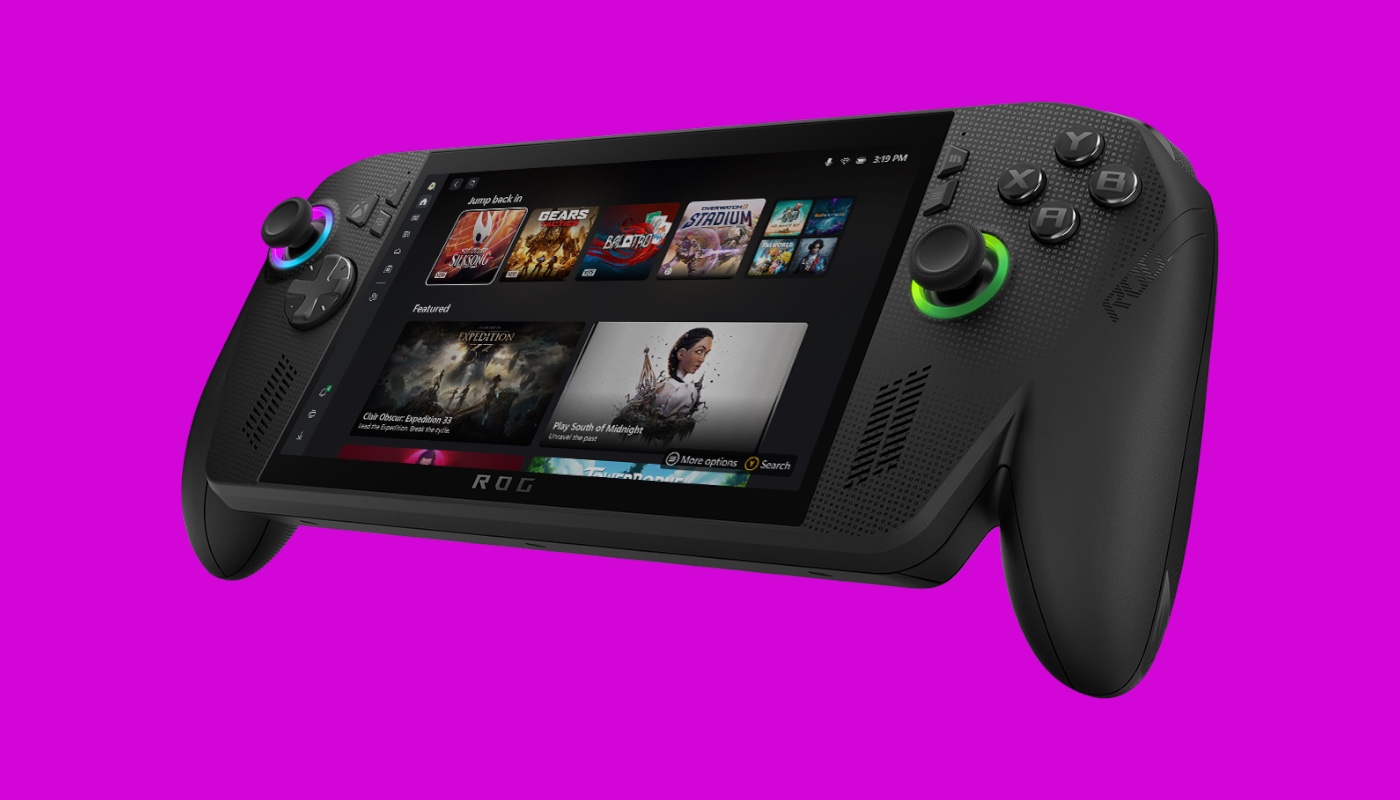Lenovo is rolling out a new set of services designed to ease one of the toughest bottlenecks in enterprise AI adoption: GPU deployment and management. Announced in Dubai on October 3, 2025, Lenovo’s GPU Advanced Services aim to help businesses improve workload performance by as much as 30 percent through expert-led deployment, optimization, and ongoing support.
The launch comes as demand for GPUs continues to outstrip the capacity of many organizations to implement them effectively. Enterprises are racing to operationalize AI, but complexity in infrastructure setup and tuning often leads to underutilized hardware. Lenovo’s approach is to fill those gaps with modular service options that address planning, implementation, and long-term management.
The new offering is split into three tracks. GPU Plan & Design Services support organizations at the early stages of their AI journey by helping assess workloads and create deployment strategies. GPU Implementation Services provide guided deployment and system configuration for teams ready to roll out infrastructure. GPU Managed Services extend support into production, covering optimization, patching, compliance, and recovery across hybrid and on-premises environments. Each can be purchased individually or combined, giving enterprises flexibility to tailor support to their needs rather than commit to a rigid bundle.
Lenovo positions these services as complementary to its Hybrid AI Advantage solutions, including the Lenovo Hybrid AI 285 platform, and as particularly useful for high-performance workloads such as generative AI, real-time video processing, and media rendering. Industries highlighted include healthcare, where AI-assisted diagnostics can reduce delays in patient care; automotive, where GPU optimization supports autonomous vehicle systems; and media production, where tuning can speed up rendering and creative pipelines.
While the 30 percent performance figure comes from Lenovo’s internal benchmarks, the company points to real-world results such as Cirrascale Cloud Services, which reported a 40 percent reduction in GPU deployment time using Lenovo expertise. The broader strategy is consistent with Lenovo’s push to be seen as a trusted infrastructure partner, backed by its track record as the world’s top supercomputer provider for seven straight years and its longstanding position in x86 server reliability.
For enterprises looking to scale AI adoption without overburdening internal teams, Lenovo’s GPU Advanced Services represent a bid to make GPU-heavy infrastructure easier to deploy, manage, and keep secure. Whether the promise of performance gains holds broadly across industries will depend on execution, but the move underscores how central GPU services have become in the enterprise AI race.







